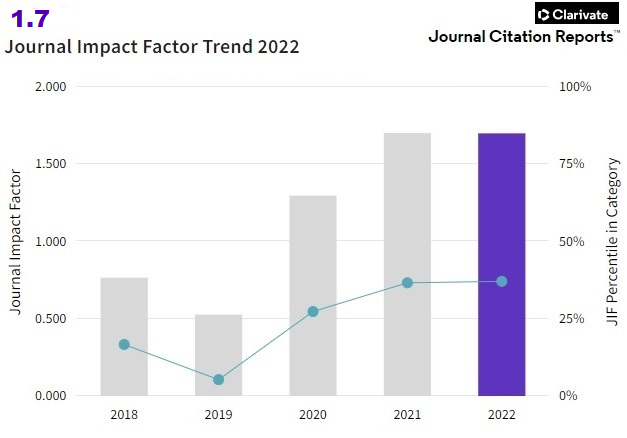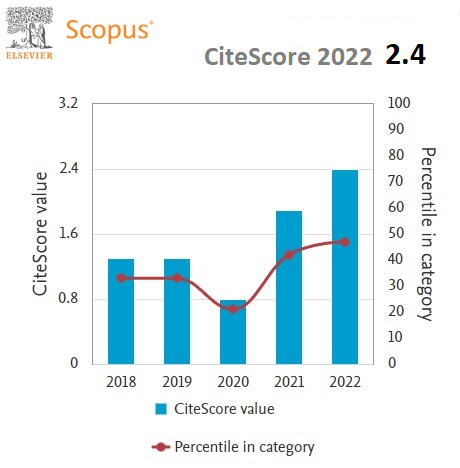String percolation in AA and p+p collisions
DOI:
https://doi.org/10.31349/RevMexFis.65.197Keywords:
Strings, percolation, QCD, high density matter, confinement, heavy ion collisions, proton-proton collisions.Abstract
A brief review of the string percolation model and its results are presented together with the comparison to experimental data. First, it is done an introduction to the quark-gluon phase diagram and the lattice results concerning the connement and the percolation of center domains. It is studied the interaction of the strings produced in nucleus-nucleus and proton-proton collisions showing how the string percolation arises. The main consequences of the string percolation, concerning the dependence on the energy and centrality, on the multiplicities and the mean transverse momentum are obtained comparing with experimental data. It is emphasized the non-abelian character of the color eld of the strings forming the cluster to reproduce the rise of the transverse momentum with multiplicity and the relative suppression of multiplicities. It is also studied dierent observables like multiplicity and transverse momentum distributions, dependence with multiplicity and transverse momentum correlations, forward-backward correlations, the strength of the Bose-Einstein correlations, dependence on the multiplicity of J/ψ production and its possible suppression in pp collisions at high multiplicity, strangeness enhancement, elliptic ow, and ridge structure. The comparison with the data shows an overall agreement. The thermodynamical properties of the extended cluster formed in the collision are discussed computing
its energy and entropy density, shear viscosity over entropy density ratio, bulk viscosity, sound speed and trace anomaly as a function of temperature, showing a remarkable agreement with lattice QCD evaluations. The string percolation can be regarded as the initial frame able to describe the collective behavior produced in AA and pp collisions.
Downloads
Published
How to Cite
Issue
Section
License
Authors retain copyright and grant the Revista Mexicana de Física right of first publication with the work simultaneously licensed under a CC BY-NC-ND 4.0 that allows others to share the work with an acknowledgement of the work's authorship and initial publication in this journal.


